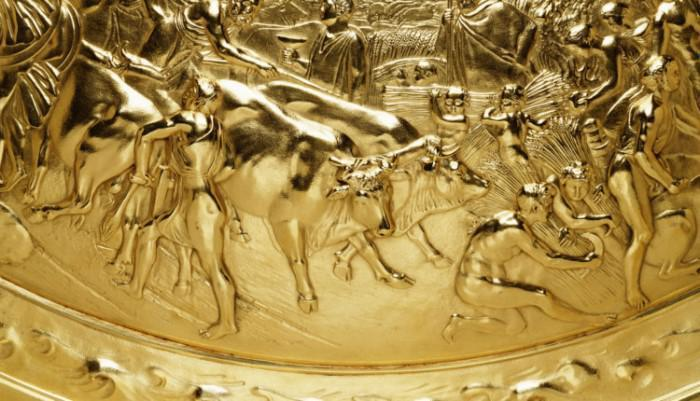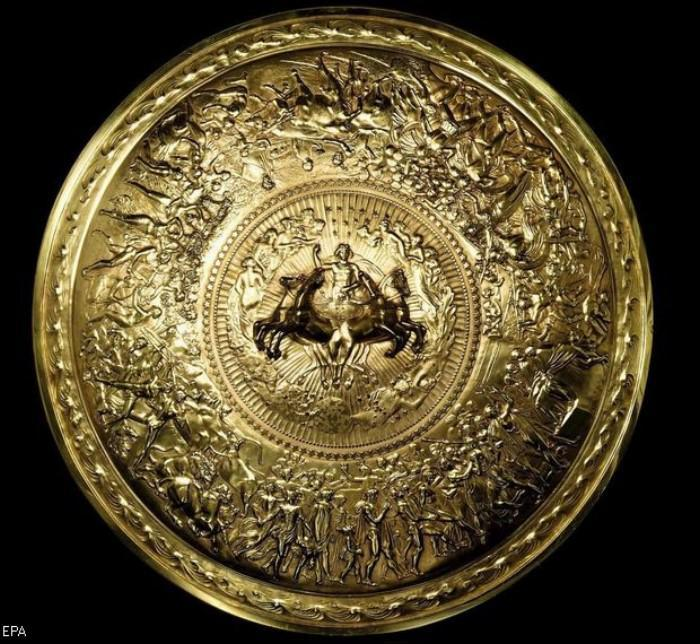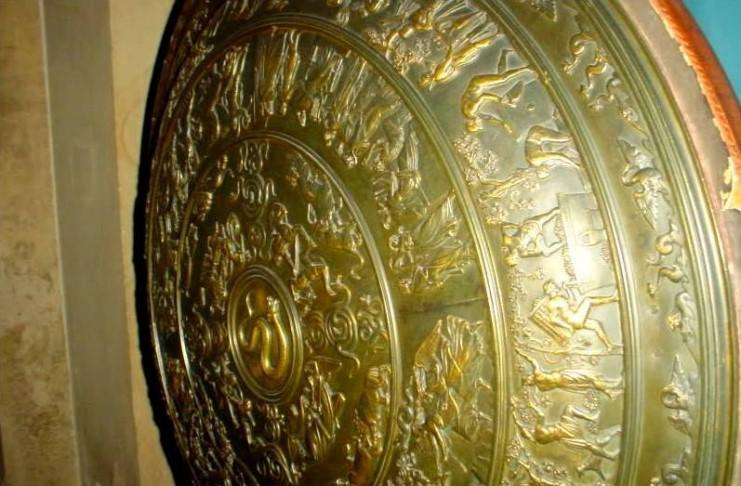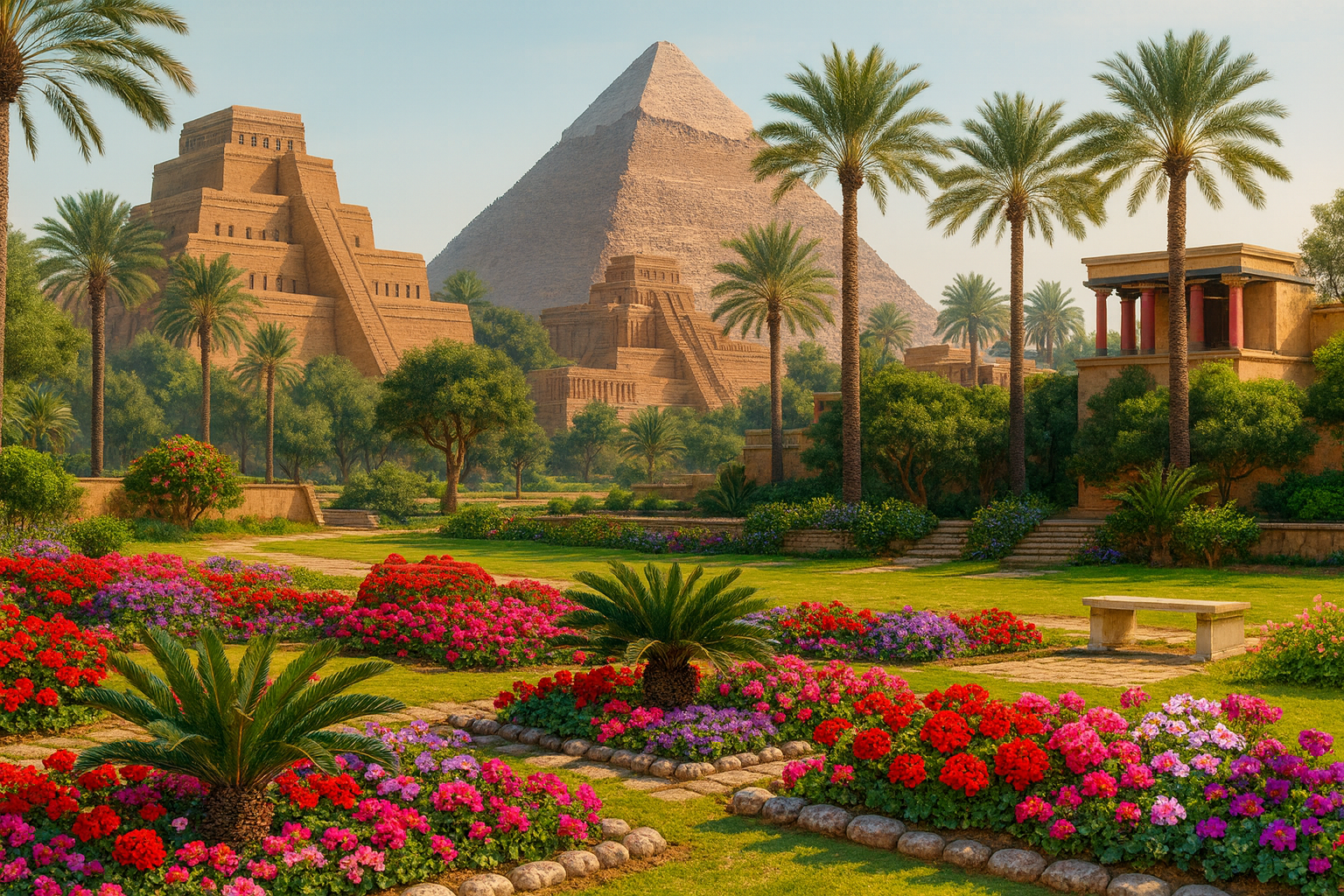Among the most iconic symbols of heroism in ancient literature, the shield of Achilles stands out not just as a weapon of war, but as a masterpiece of art, storytelling, and symbolism. So remarkable was its construction and its meaning that Homer, in his epic poem The Iliad, dedicated an astonishing 134 verses to describing it in vivid, almost cinematic detail.
This was not merely a tool of defense. The shield was crafted by the god Hephaestus himself, at the request of Thetis, Achilles’ divine mother, to replace the armor that the hero had lost. What Hephaestus created was a microcosm of the ancient world—a symbolic map of life, war, peace, and the human condition.
A Shield That Told Stories
What made Achilles’ shield so legendary wasn’t just its divine origin or its strength, but its unparalleled artistic detail. According to Homer, the shield bore intricate engravings that portrayed the entire cosmos: the Earth, the sky, the sea, the sun, and the stars. It included two vibrant cities—one at peace and one at war—reflecting the dual nature of civilization.
There were scenes of weddings, markets, court trials, and ambushes. Farmers harvested fields, shepherds tended their flocks, dancers spun in circles, and children played under the stars. Through the shield, Homer conveyed the rhythm of life itself—its joys, conflicts, rituals, and celebrations.
A Poetic Masterpiece Within a Masterpiece
The description of the shield in The Iliad (Book 18) is widely considered one of the earliest and most sophisticated examples of ekphrasis—a literary technique in which an artwork is described in great detail. For ancient readers (and even modern ones), it was a stunning moment of pause in the midst of war and bloodshed, inviting contemplation of what it means to live, fight, love, and die.
Homer’s choice to include this passage wasn't just poetic flair. It added layers of philosophical depth to Achilles’ character and to the epic as a whole. The shield served as both literal armor and a metaphorical lens through which to view humanity’s struggles and triumphs.
The Legacy of Achilles’ Shield
To this day, the Shield of Achilles remains one of the most discussed and interpreted artifacts of Western literature. Artists, scholars, and philosophers have returned to it again and again, not only for its beauty but for the way it captures the essence of ancient Greek thought—where mythology, art, and philosophy were deeply intertwined.
Virgil’s description of Aeneas’ shield is clearly inspired by Homer.
Whether seen as divine craftsmanship, literary brilliance, or philosophical metaphor, the shield of Achilles stands as a reminder that even in war, there is room for creation, for vision, and for the stories that outlive the heroes who wield them.









